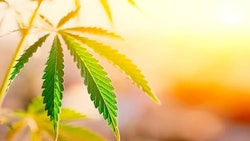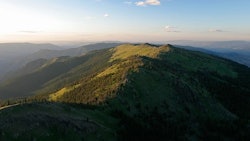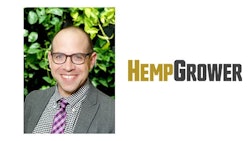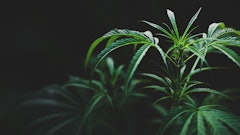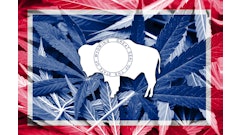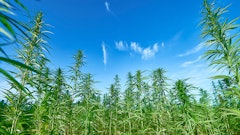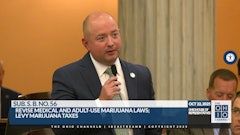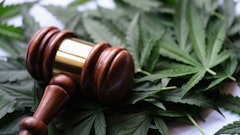As wildfires continue to ravage millions of acres of land in the western U.S., including cannabis farms, a university-led work group is looking to study the effects of wildfire smoke on hemp.
The multi-state project will take place over the course of several years as researchers look to determine how smoke affects hemp crops, including their cannabinoid and terpene profiles, heavy metal content and more. The study will also examine the initial safety of flower, extracts and other consumable hemp products after being exposed to smoke.
Researchers with the Oregon State University’s Global Hemp Innovation Center are leading the study, but it will also include the University of California, Davis and Washington State University, as well as private groups within those states.
Jay Noller, the director and lead researcher of Oregon State University's (OSU) Global Hemp Innovation Center, announced the project during the university’s virtual Hemp Field Day in September. Noller and his team are currently working on assembling a workgroup that includes representatives from all aspects of the hemp industry to provide their input.
“We really want to ensure that the full value chain for the hemp industry is being represented in this group,” Noller says.
The research project is being modeled off the California Association of Winegrape Growers’ West Coast Smoke Exposure Task Force, which has already been studying wildfires’ effects on winegrapes for several years. Noller says the new hemp work group will include some of the scientists who have been studying grapes.
“We know that for winegrapes, they ultimately settled [on] … if you’re 20 miles within the distance to a mapped fire perimeter, your grapes cannot be taken to processors. They’re not going to go to a winery,” Noller says. “We imagine this is similar to what we’re going to be looking at for hemp.”
At the moment, no guidelines exist for hemp that has been exposed to smoke, but it’s something the workgroup is developing.
The group has already begun collecting samples, though Noller says the project will be ongoing.
One primary component of the project will be examining how extraction methods impact smoke compounds within the crop.
“One of the key things we’ve learned from wine is that ethanol really pulls all that smoke effect into the product, so we expect that’s going to be likely the case with hemp extraction by ethanol,” Noller says, adding that other methods like CO2 and steam extraction have not yet been studied. “But again, we don’t know until we look.”
Those interested in participating in the workgroup can email [email protected].







